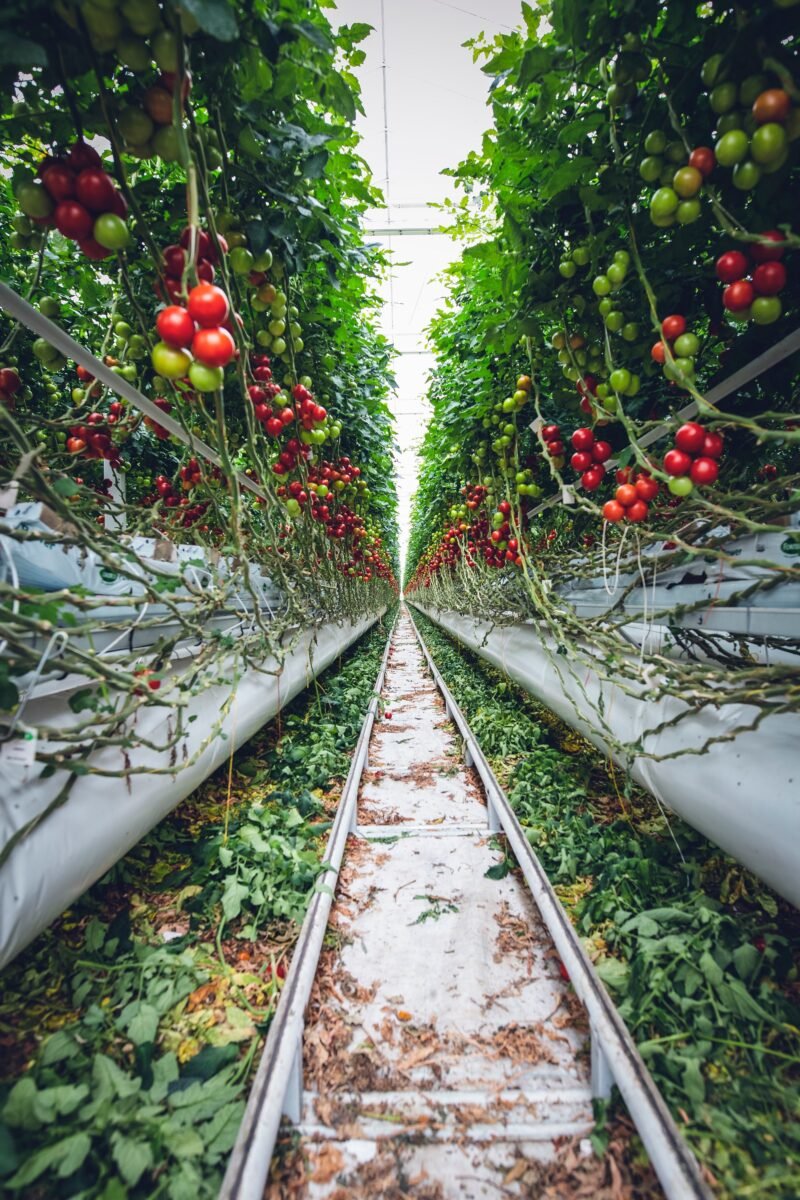Urban Agriculture, Part 2: Vertical Farms
According to the UN, the world’s population is expected to exceed 9 billion by 2050, and around 70% of us will be living in dense urban areas. With more mouths to feed and high demand for land, vertical farming is presented as a legitimate solution to maximise food production with minimum urban space. Reknown vertical farming advocate Dr. Dickson Despommier puts forward appealing benefits: lesser footprint related to transport or equipment, sustainable and organic production that avoids the use of pesticides or fertilizers, recycling water and waste, “no weather-related crop failures due to droughts, floods, pests”, all-year round production thanks to artificial lighting, more food security etc.
The conception of Despommier’s Vertical Farm in 1999 has stimulated the imagination of many architects and engineers around the world. Since there are no functioning examples of these futurist(ic) Hanging Gardens of Babylon yet, are these projects doomed to end up in sci-fi books? How are they supposed to work? Most vertical farms concepts rest on hydroponics technology, or the cultivation of plants in nutrient-rich water instead of soil, and aeroponics which grows plants using air or mist. Combined with light, these organic farming techniques allow to grow anything, any time.

In 2005, Gordon Graff started to work on the Sky Farm for downtown Toronto’s theatre district. This 58-floor building resting on the Omega Garden hydroponic system would be able to produce as much as a thousand acre farm, feeding 35 thousand people per year. The Sky Farm is power hungry but it is thought as part of a closed virtuous system. Giant dehumidifiers recapture the evaporation of water from plants, collected waste is transformed into gas, the carbon dioxide rich exhaust is converted to oxygen… “Nothing is wasted in this sophisticated system” that does not only provide for food but also “looks at all of the inputs, outputs and economics” as TreeHugger writes.
“A vertical farm must be able to produce enough food to cover the cost of its day to day operations and, ultimately, the capital cost of the building’s construction (or renovation). While this is clearly dependent on some factors outside the realm of architectonics, such as the market price of food and current state of grow-lighting technology, the physical arrangement of the building can have a profound impact.”
The Sky Farm attaches much more importance to economic, environmental and security analysis than to eye-candy design of the exterior. However, many architects of vertical farms outdo each other in architectural elegance and imaginativeness to engage the audience with their invention and stand out in a popular trend. As Dr. Despommier says: “You want people to say, ‘I want that in my backyard’”.

London’s City Farmhouse by Bartlett School of Architecture graduate Catrina Stewart integrates agriculture and housing and reconciles architecture with humor. Visitors, attracted by the happy colours of the tower, and residents would donate faeces and urine which would generate electricity, compost and water for community gardens. Catrina Stewart writes about her project:
“Without its public toilets the community would not be able to survive. The more visitors the building can attract the more power, food and water will be produced. New public toilets will be erected across the borough in order to collect human waste to power the Farmhouses. New communities will begin to grow around the more popular public toilets, creating new Farmhouses. (…) Nothing in the Farmhouse is disposed of, everything is recycled and reused to fuel something else. Old and new technologies are used to harness energy and food from almost anything, animals are no longer used for their meat but rather as a source of energy. Cows are farmed for their methane gas, electric eels are kept as pets to power the elevators in the building and fruits are used to to power the street lights.”

More pictures and details about the project are available on The Funambulist. Vertical farms ideas need to solve major issues before becoming an economically viable reality but “recent developments in South Korea and the Netherlands might mean Despommier’s dream might not be as remote as critics say.” (Source: Der Spiegel.)
[adrotate banner=”7″]



